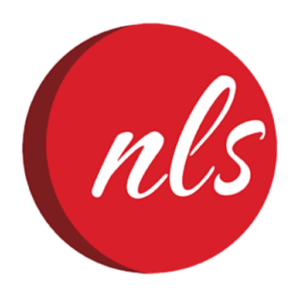Recently in Logistics; A.I., drones, and augmented reality are transforming retail. A 2025 survey shows marketplaces now lead product discovery, surpassing search engines. Retail trends are predicted to focus on human connections and mindful digital communication by 2027. The luxury sector faces slower growth due to macroeconomic factors and evolving preferences. The CFIB warns that U.S. tariffs on Canadian products would raise costs for small businesses.
Retail’s Future: Tech, Sustainability, and Experience Trends
A JLL report highlights how A.I., drones, and augmented reality are transforming retail by enhancing shopping experiences and automating tasks. The shift towards sustainability and mixed-use environments integrates retail with communities. As digital and physical shopping converge, retailers must adapt to emerging technologies and consumer preferences.
Source: Retail Insider
2025 Shopper Preferences: Marketplace Trends and Insights
A 2025 survey of 4,500 shoppers reveals that marketplaces now lead product discovery, surpassing search engines. Customer reviews significantly impact purchase decisions, but trust remains low. Shoppers spend time researching products, and brands must adopt multichannel strategies for better product visibility and customer experience.
Source: ChannelEngine
Consumer Trends Shaping Retail by 2027
Futurist Cassandra Napoli identifies key trends for retail by 2027, focusing on authentic human connections and mindful digital communication. Consumers are drawn to simpler tech like “dumb phones,” and retailers must emphasize kindness, improved customer support, and transparency, particularly with A.I. Play and gamification are also emerging strategies for enhancing well-being.
Source: NRF
Luxury Sector’s Strategy for 2025 and Beyond
The luxury industry faces challenges in 2025, with slower growth driven by macroeconomic factors and evolving customer preferences. Overexpansion has weakened brand values. To thrive, companies must focus on product excellence, redefine customer engagement, and invest in talent development while diversifying portfolios and leveraging technology for future growth.
Source: Business Of Fashion
CFIB Warns U.S. Tariffs Will Raise Costs for Canadian Small Businesses
The Canadian Federation of Independent Business (CFIB) warns that a 25% U.S. tariff on Canadian products would force two-thirds of small businesses to raise prices and 69% to face higher costs. With over 80% impacted, the CFIB urges government action to reduce red tape, ease taxes, and eliminate trade barriers. Businesses also worry about supply chain disruptions and the need for alternative markets. The CFIB calls for bold government support.
Source: Retail Insider
Are your logistics requirements being effectively addressed? As we head into 2025 let’s explore your eCommerce fulfillment strategies. You can book a brief call with our team of seasoned logistics professionals to evaluate your needs and formulate a customized plan to propel your business forward.
For quick and easy scheduling, here’s a link to my full calendar.


